Driving up into the mountains for the weekend
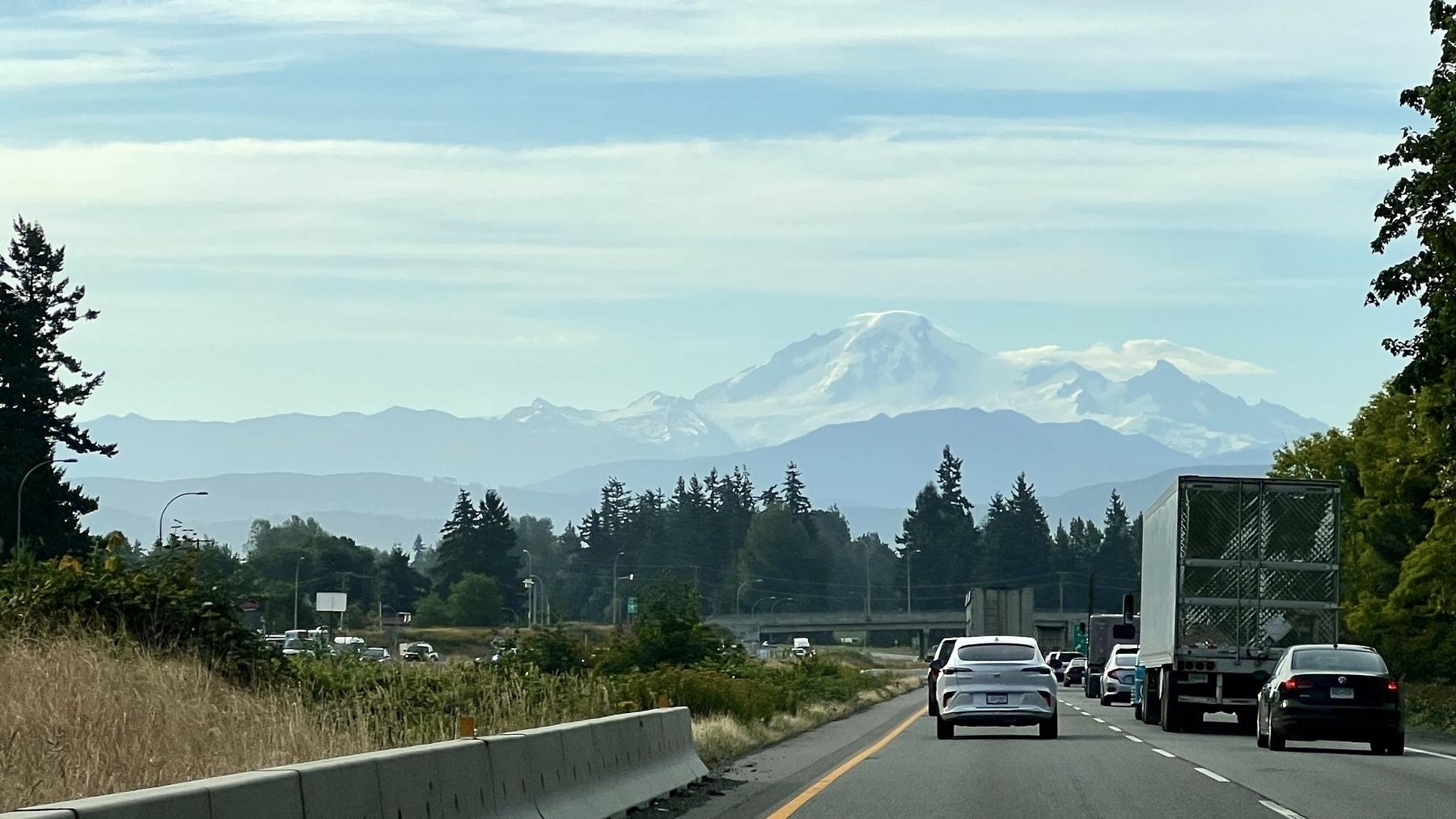
Driving up into the mountains for the weekend

The new GAIIN (The Global AI Initiatives Navigator) released by the OECD is a pretty amazing resource for tracking #AI policy and investment country by country. Here is the profile for #Canada: oecd.ai/en/dashbo…
Got my latest enjoylunacoffee.com order ☕️
Looking forward to some lovely Ethiopian beans
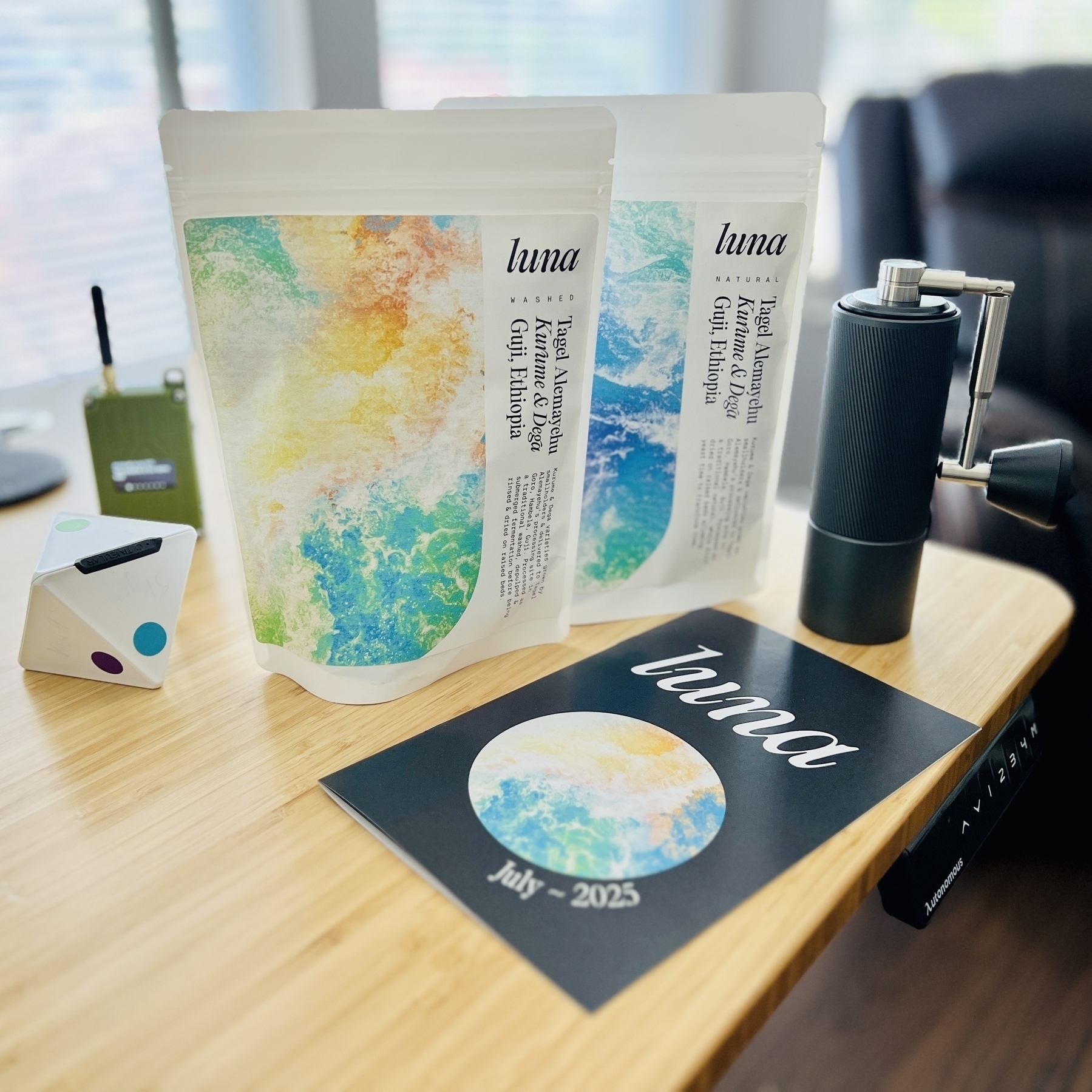
Catching up on this year’s Gion Matsuri in Kyoto. Looks so hot! 🥵
Bloedel Conservatory
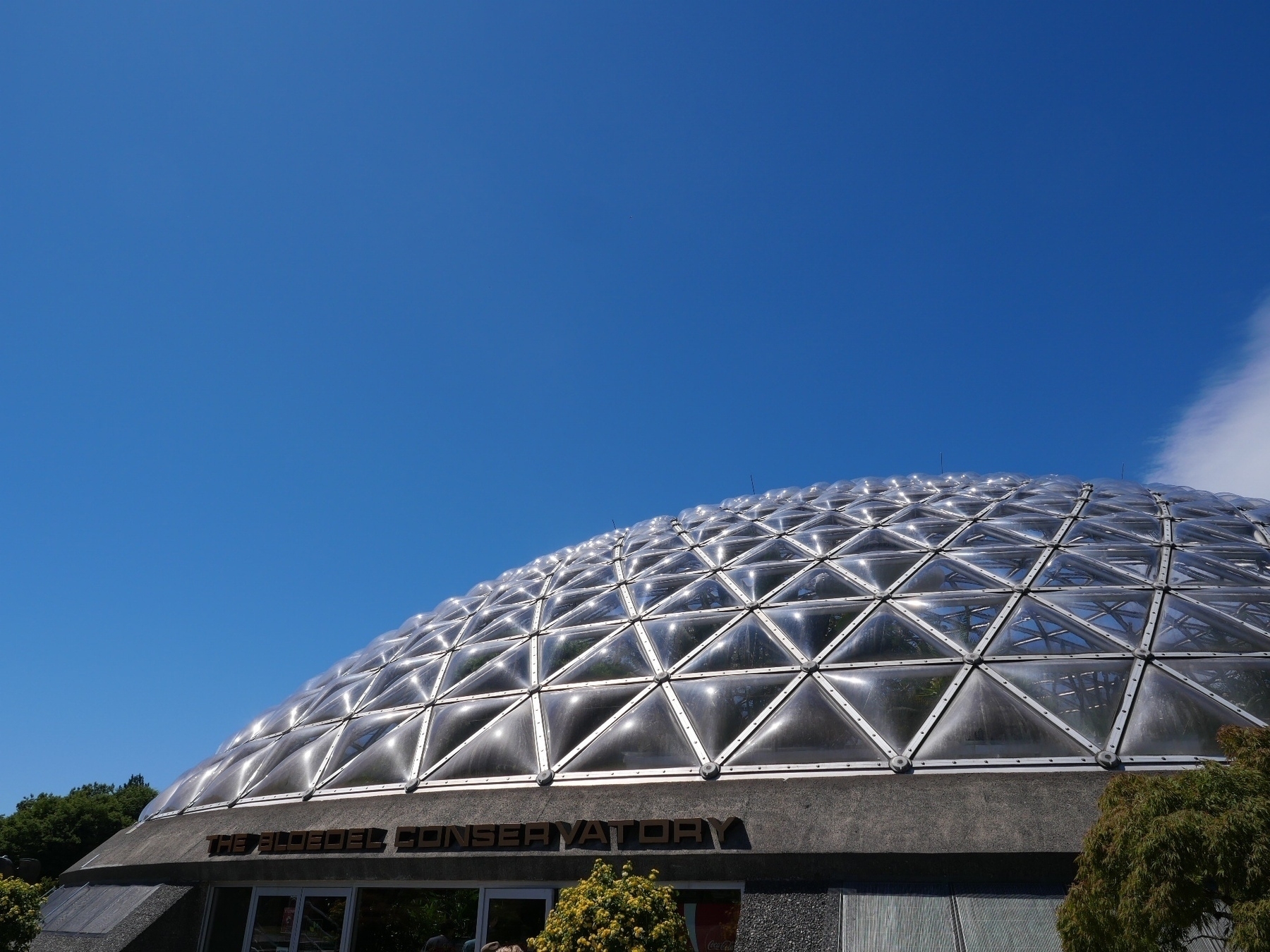

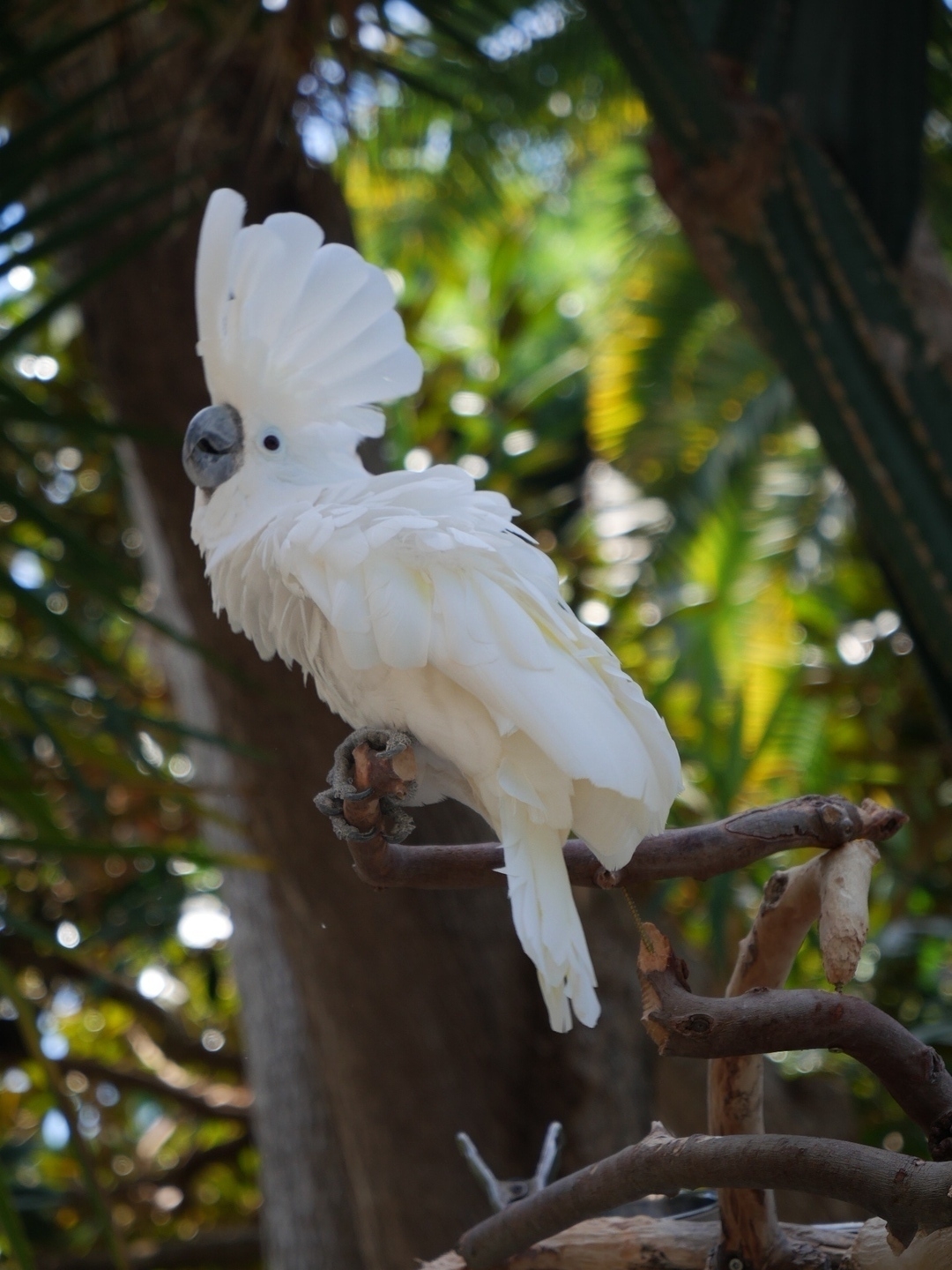
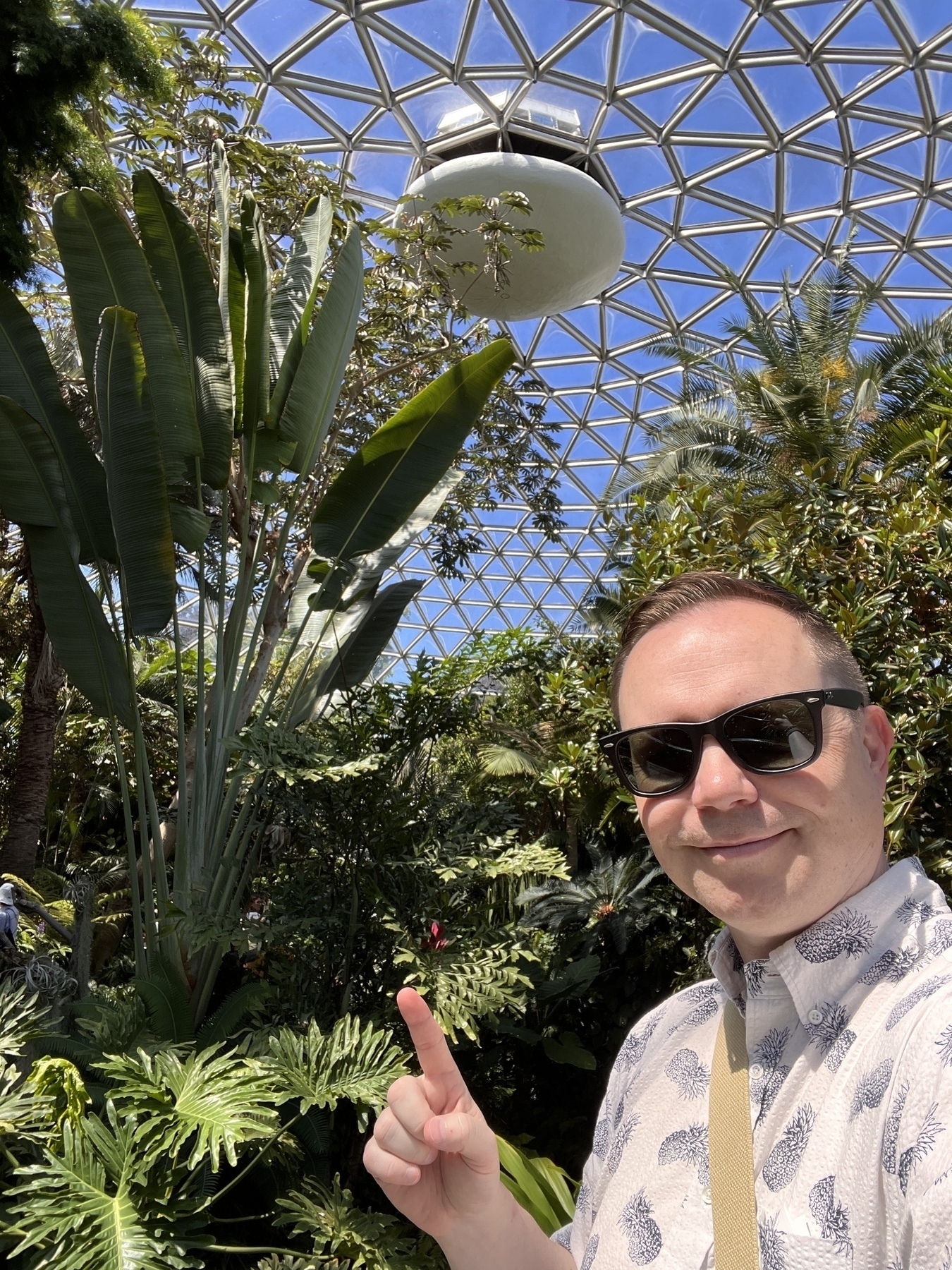
Date night in Olympic Village. Lovely view of Science World.
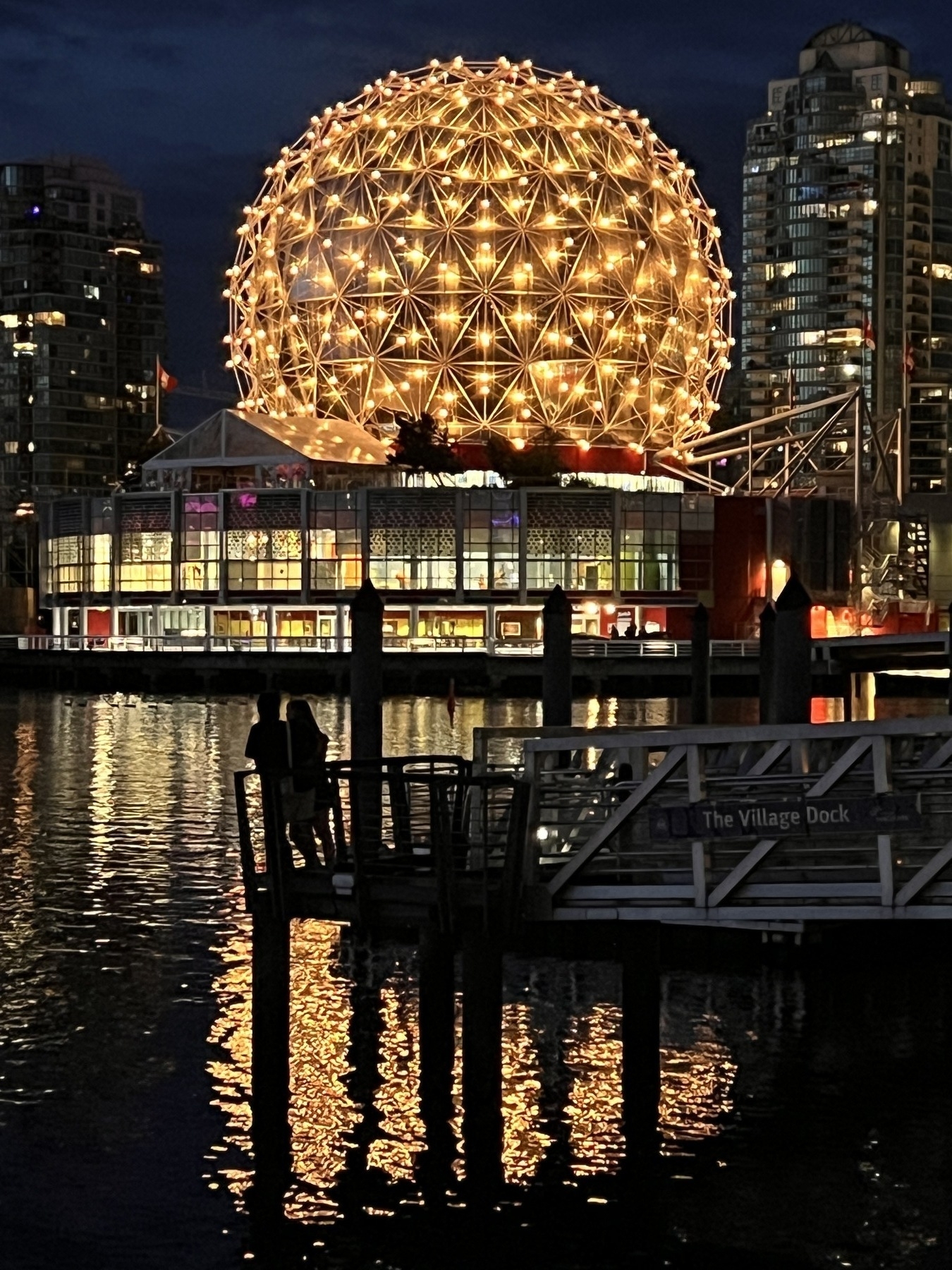
We are setting up our #meshtastic devices together @z-space.ca and just added a ton of new nodes in Vancouver! I can see nodes all the way to Seattle!
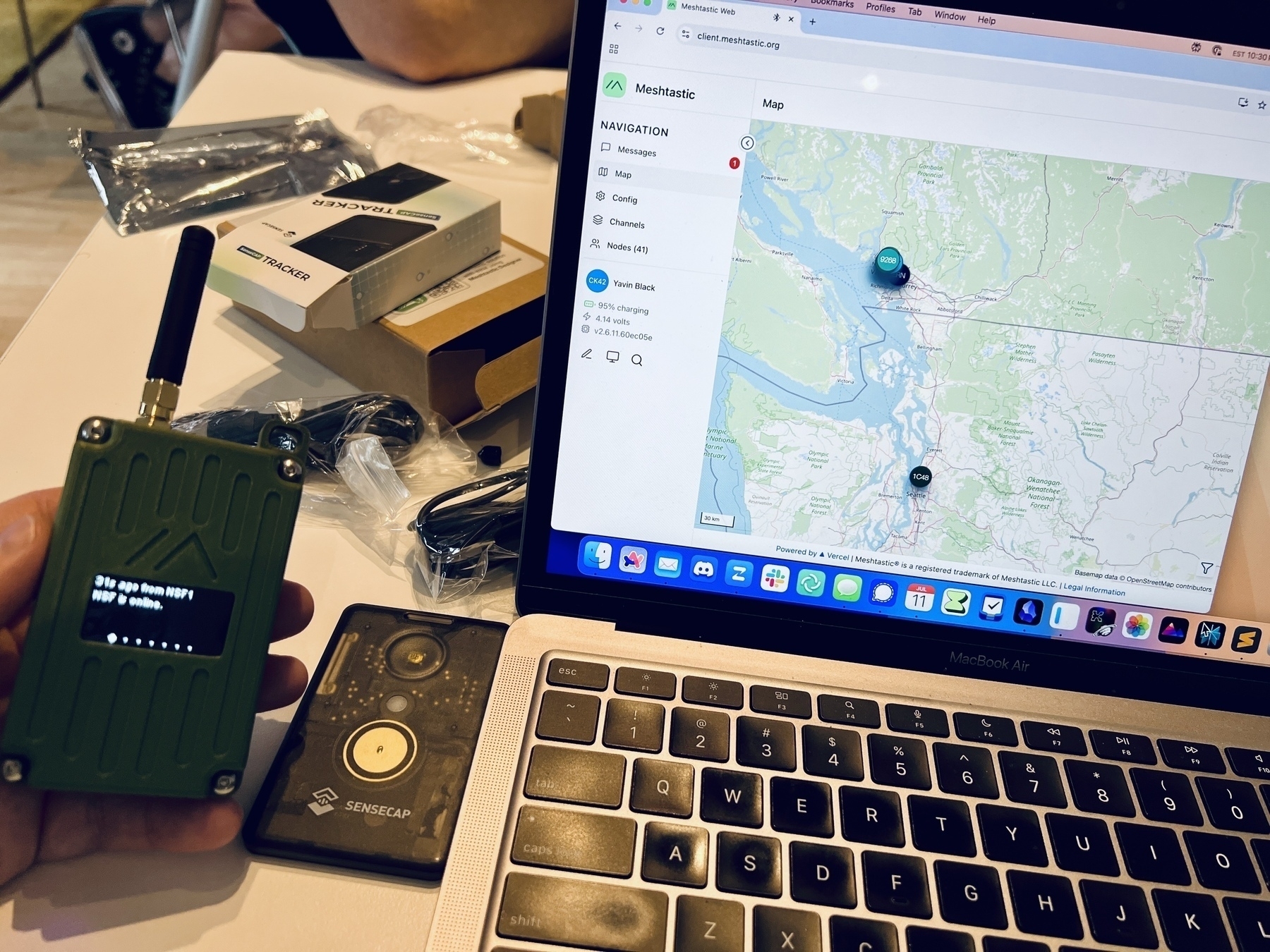
Started Empire of AI by Karen Hao today 📚
Already 20% in. Very readable!
Did I just have the perfect evening? 😻 #ra-men #archery #ra-rchery

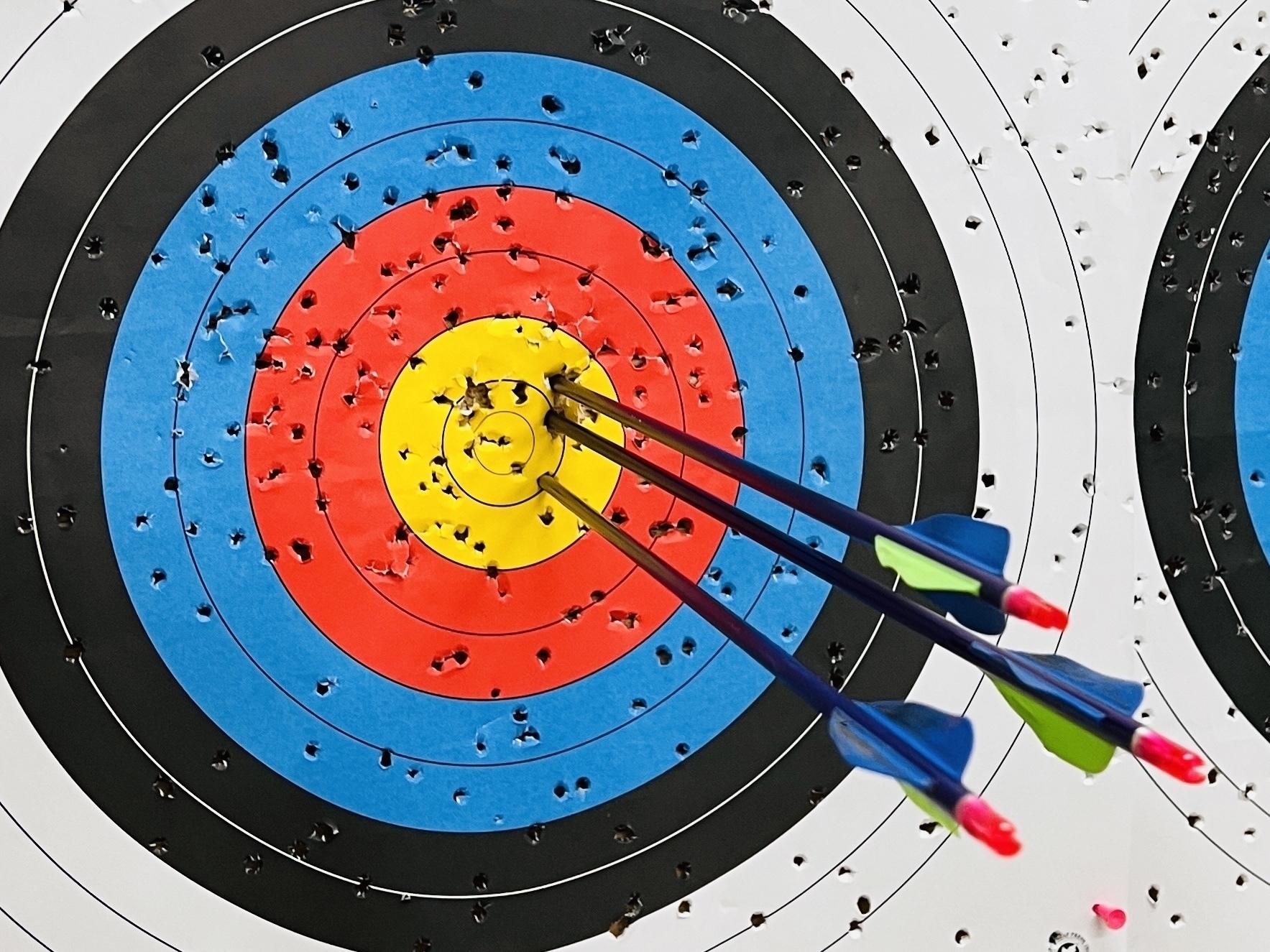
Tuesday, July 8, 2025
Unboxing my new Starter Set of The One Ring. (Now some very personal blogging that will only interest a few of you) Last week I wrote about the fantasy hole I have been in. Contributing to this is the fact that we are also in a Table Top Role Playing Game hole as well. I have been playing TTRPGs with the same group since 2013. We started together after a big Board Game Night where we organized two simultaneous sessions of The Red Box to introduce people to tabletop gaming.
I love taking people into our nearby forest and walking around the bend and saying “Hey look over there 👉 “

Dentist in the morning. Haircut in the afternoon (sat there with a frozen jaw 😬). Now it is evening and I am kicking back with a gold drink and a good book #amreading

Spent the evening at the Richmond Night Market 🍡🍧🧋🥡🍢🌮
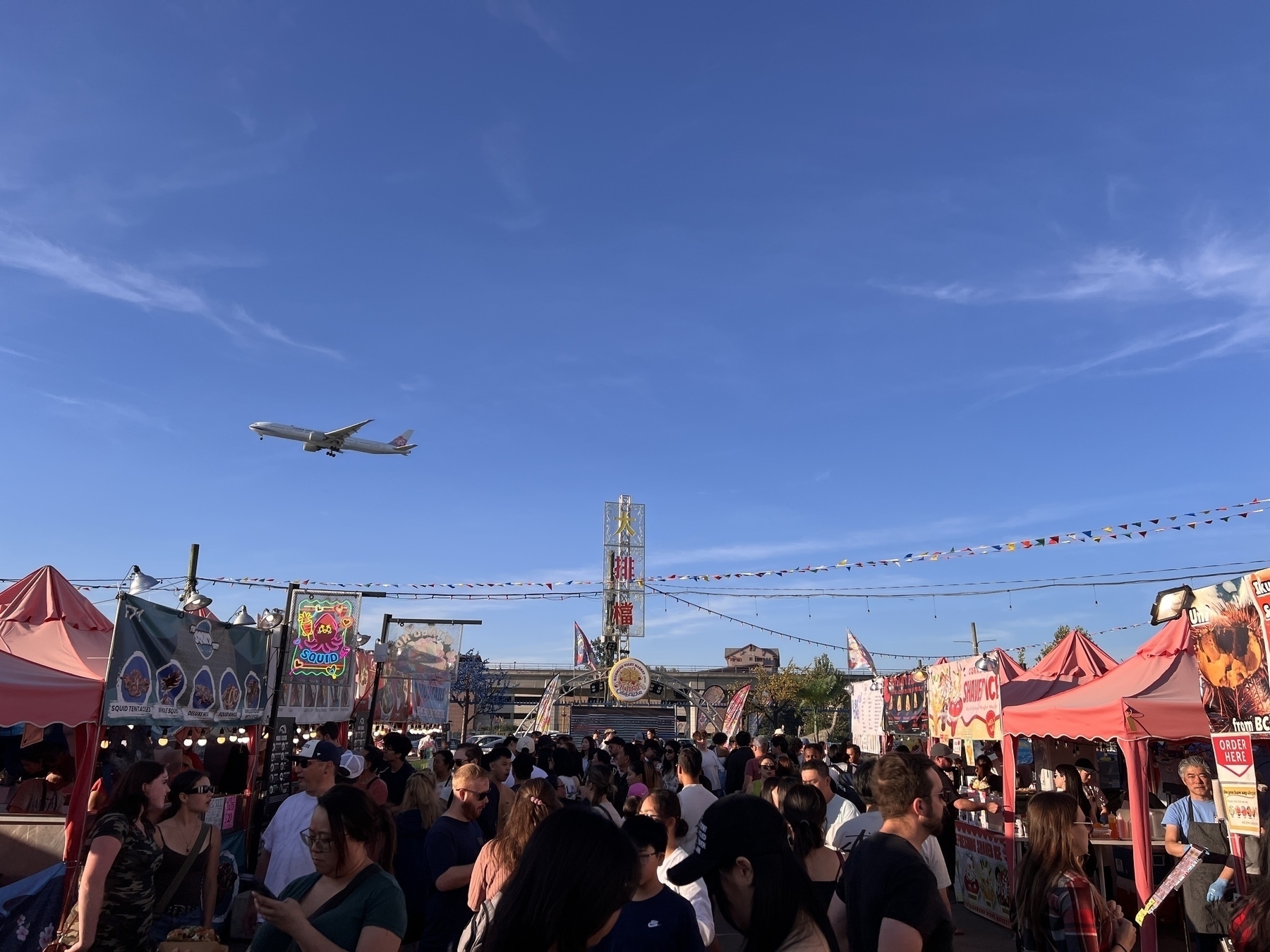

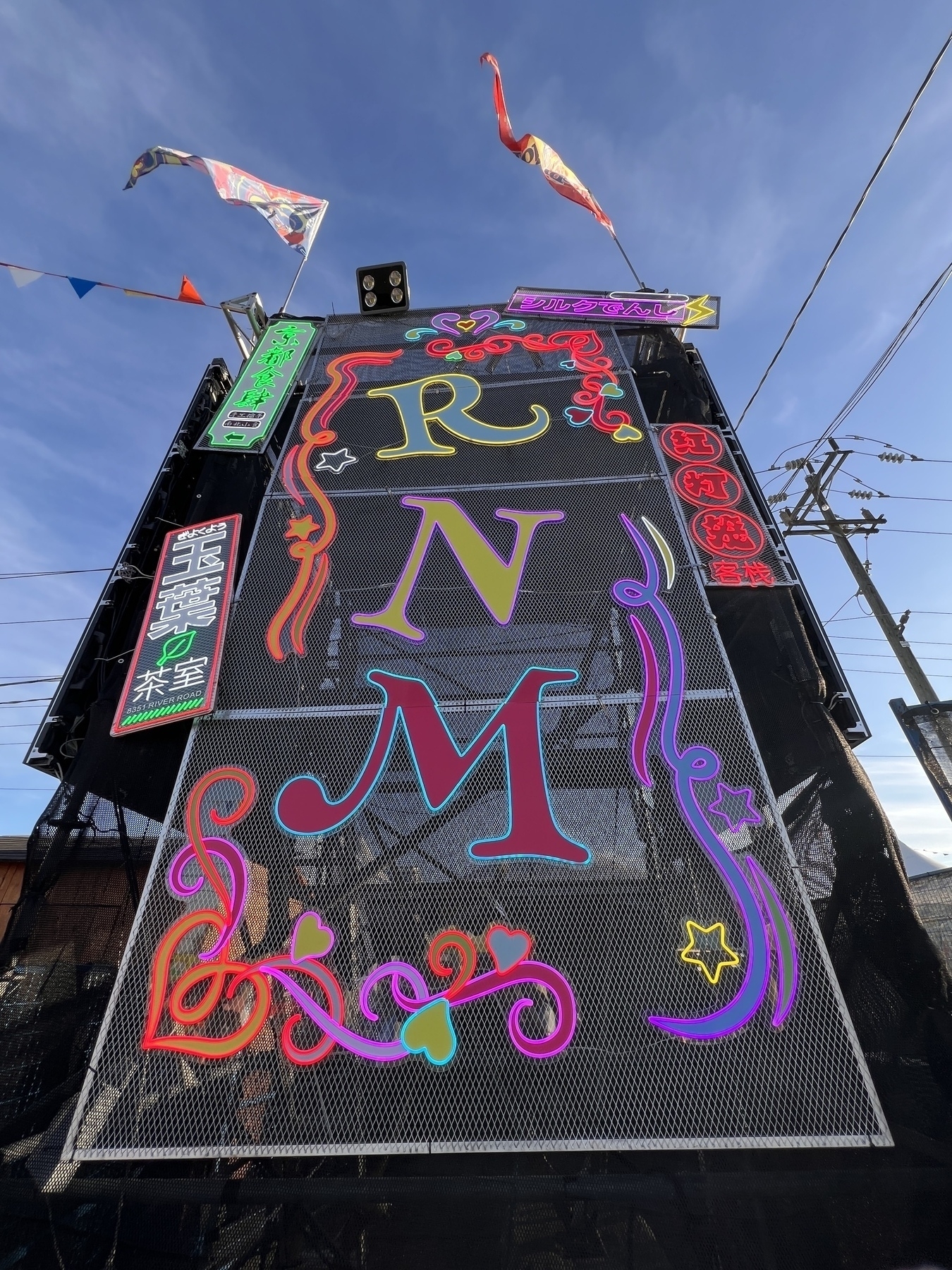
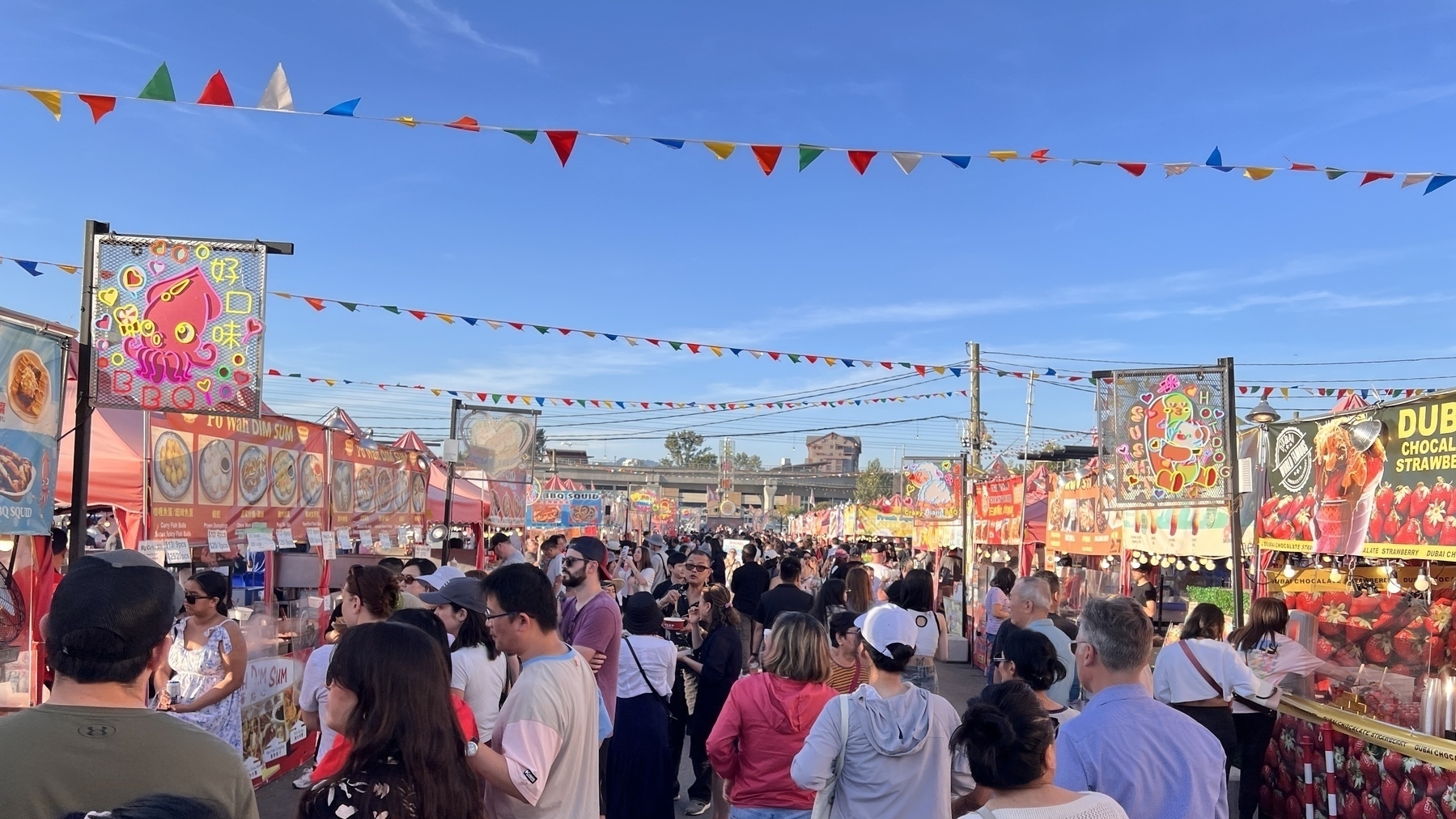
Checking in to the Vegetarian Festival at Thrangu Monastery
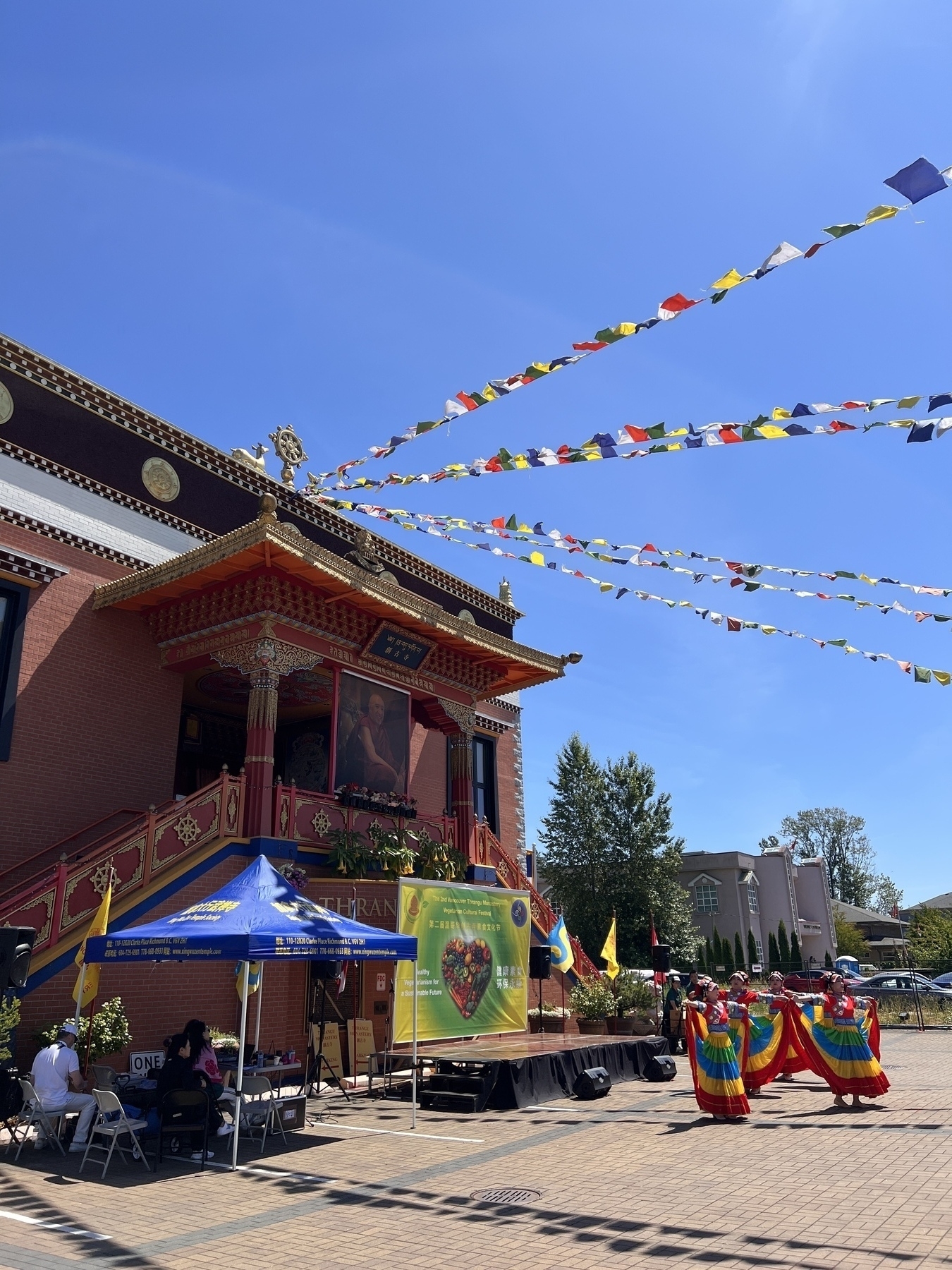
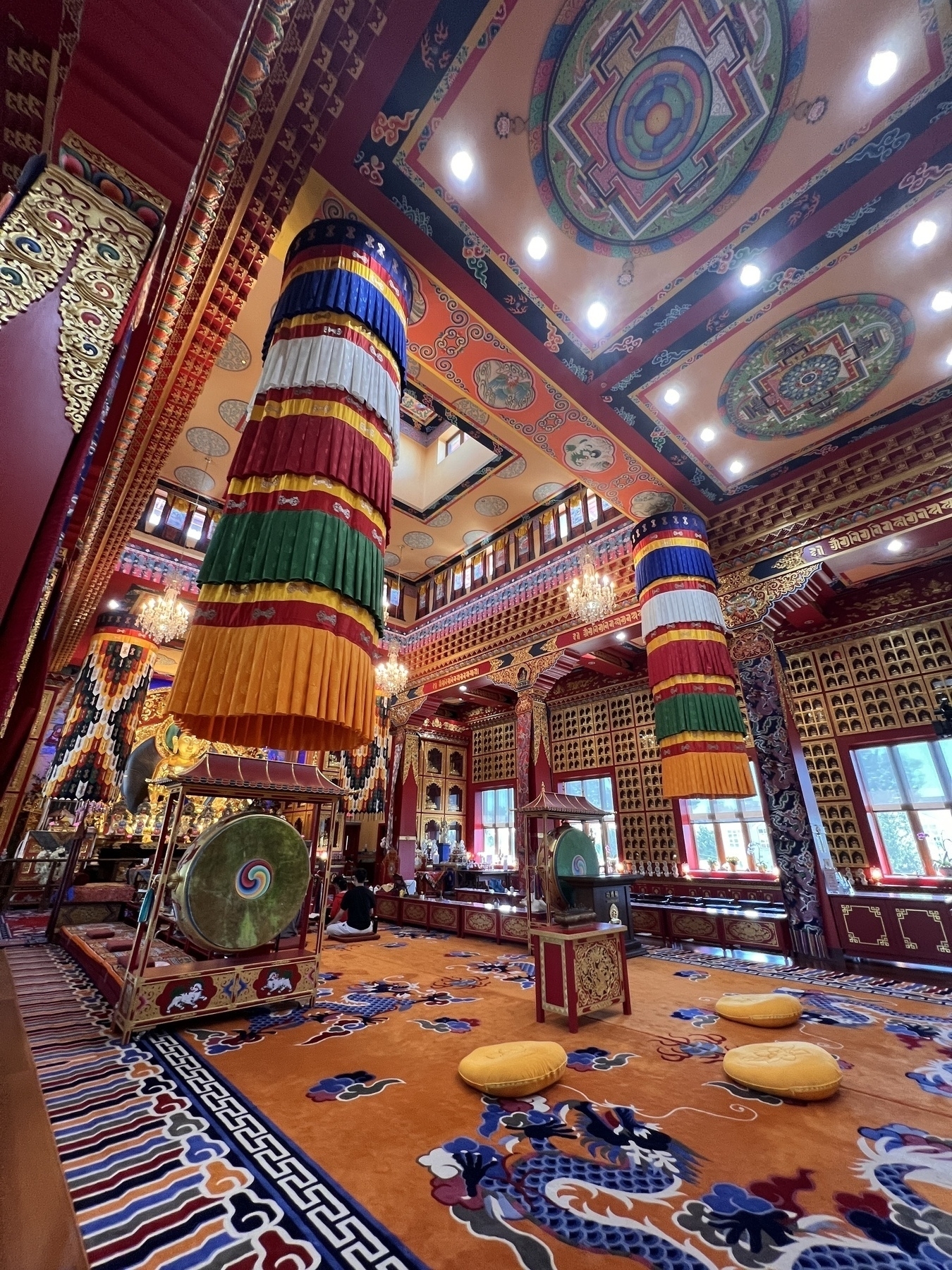
As former remote island residents ourselves, we’ve been keeping an eye on the ongoing earthquake activity and evacuations in the Tokara Island chain centered on Akusekijima 悪石島 or “Evil Rock Island” 😳 #japan #earthquake
Moonrise on #ikijima 2023 #memories
Those lights are Fukuoka on the mainland, but there might be one or two squid boats too
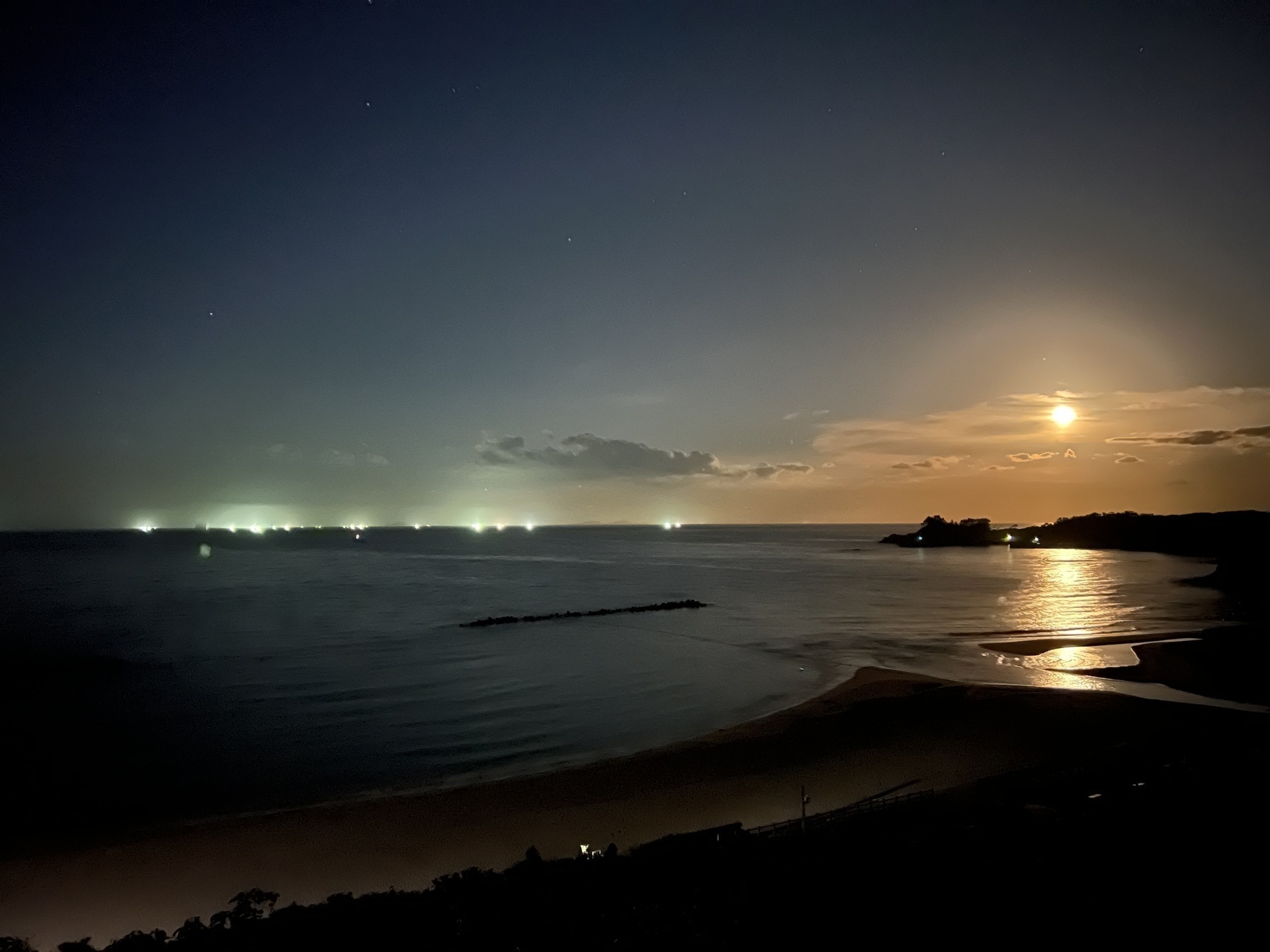
Unboxing with @bmann.ca! We got our meshtastic devices and will be setting them up all together with @dwebYVR.org next week together, peer-AND-peer 👯👯👯
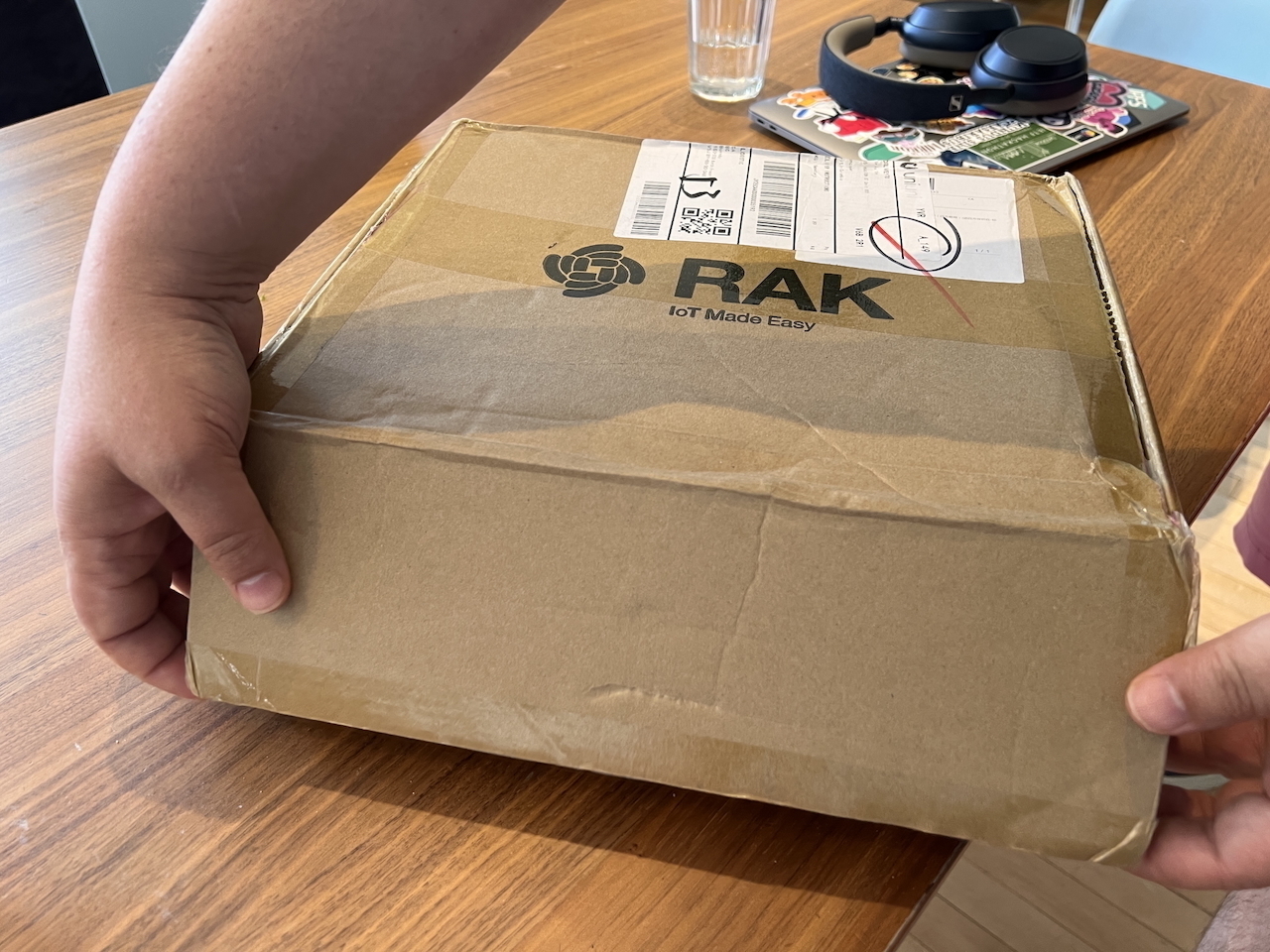
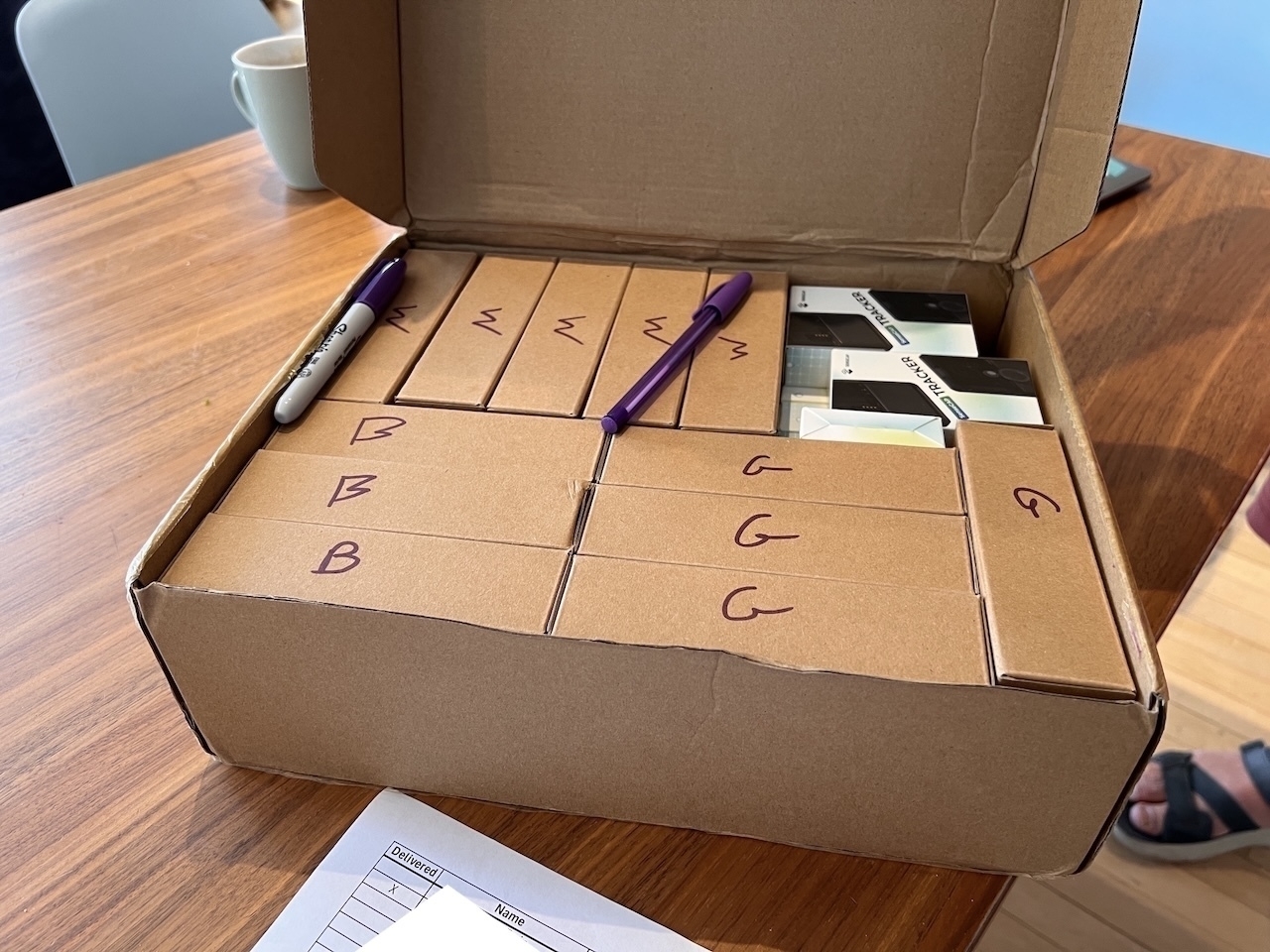
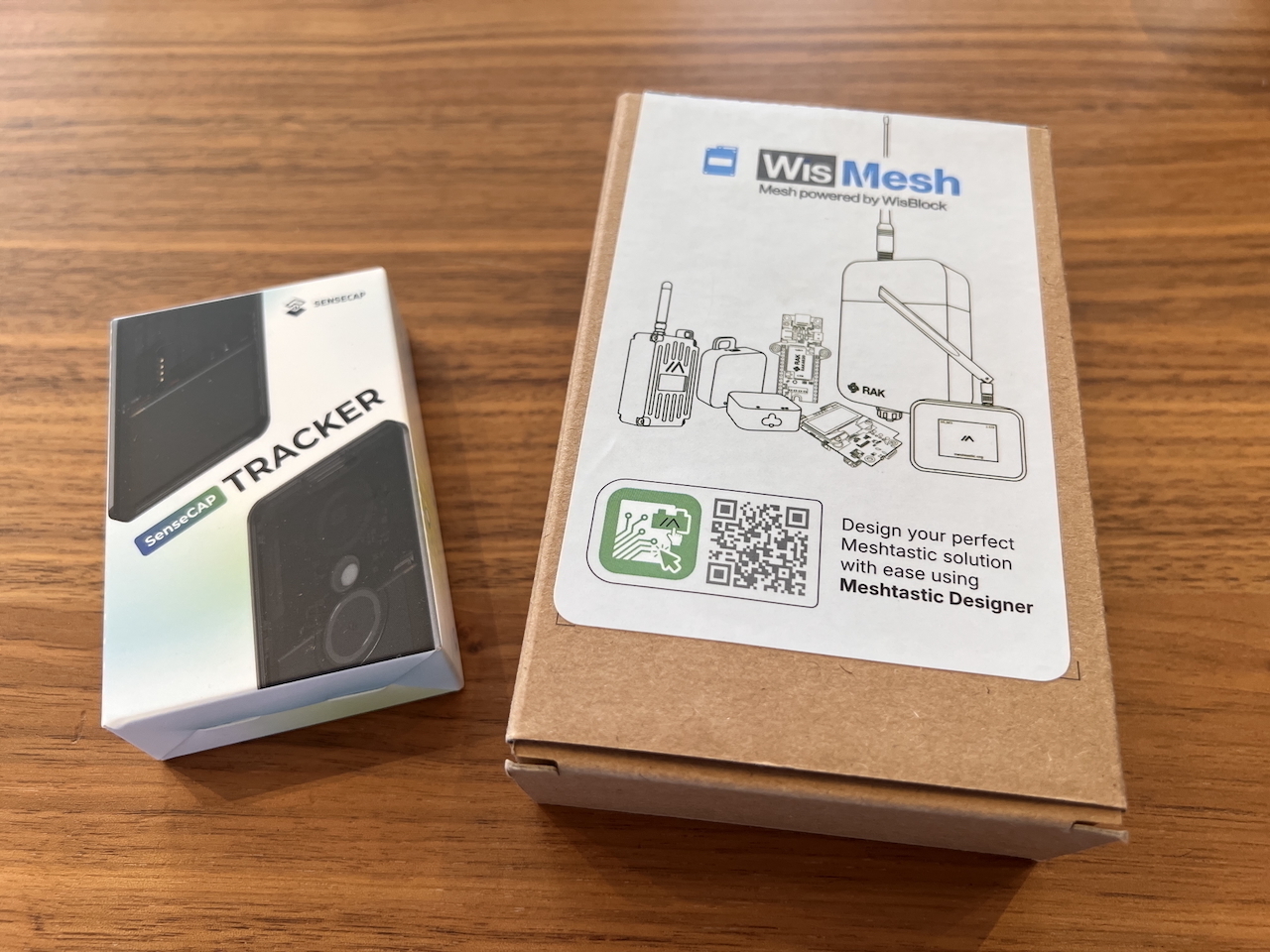
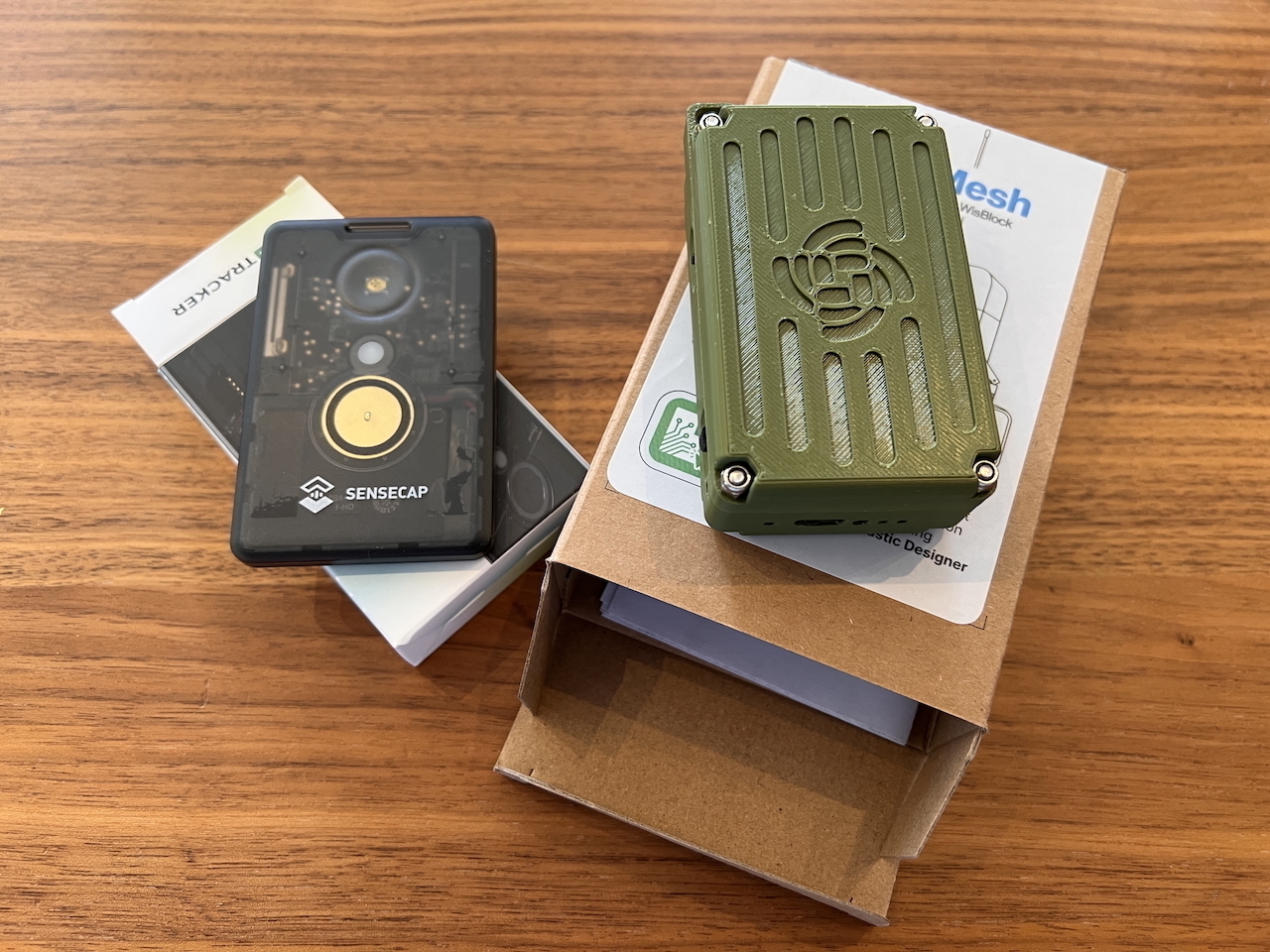
Back at the range, this month with second daughter. Getting some decent grouping!
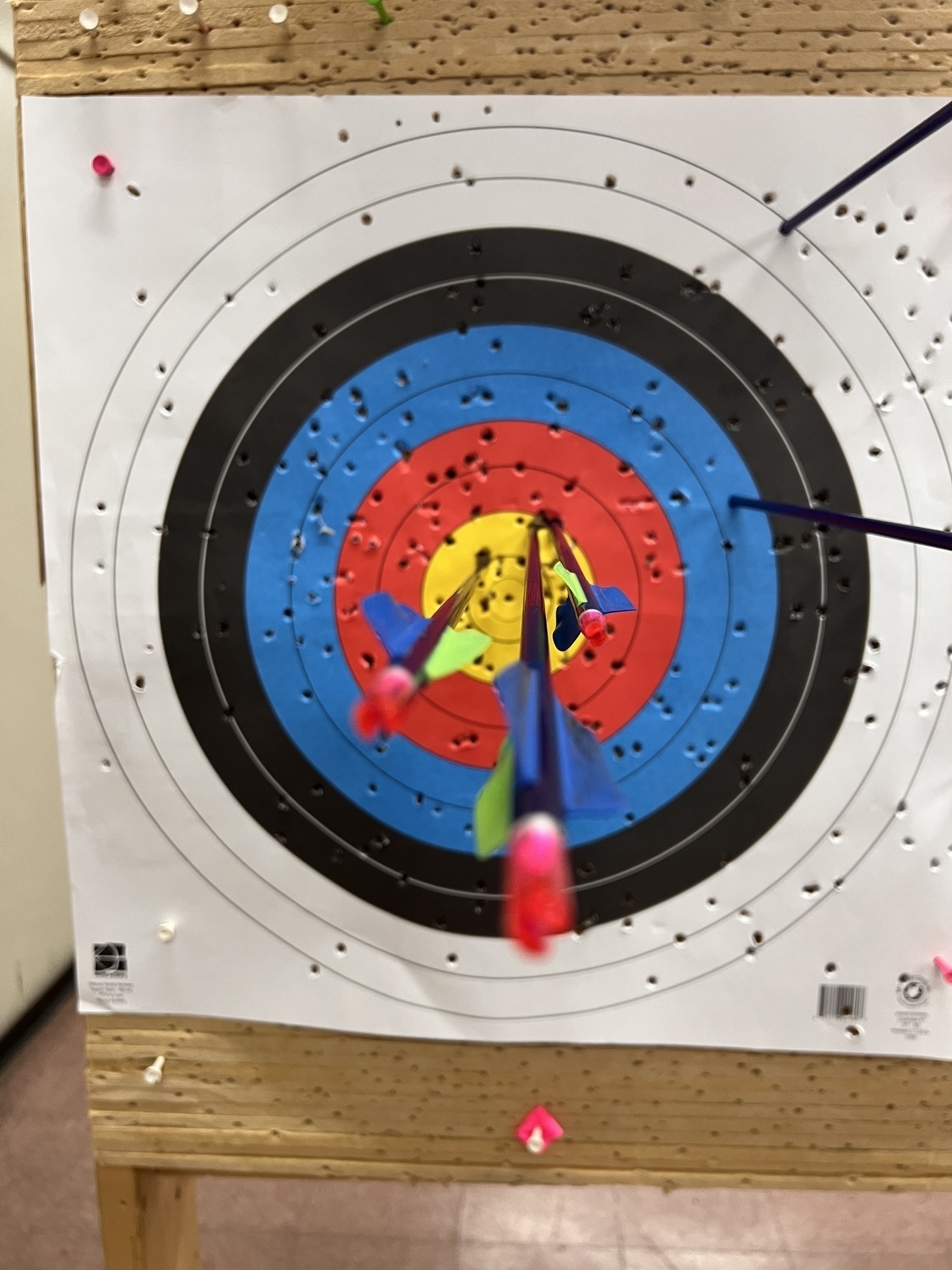
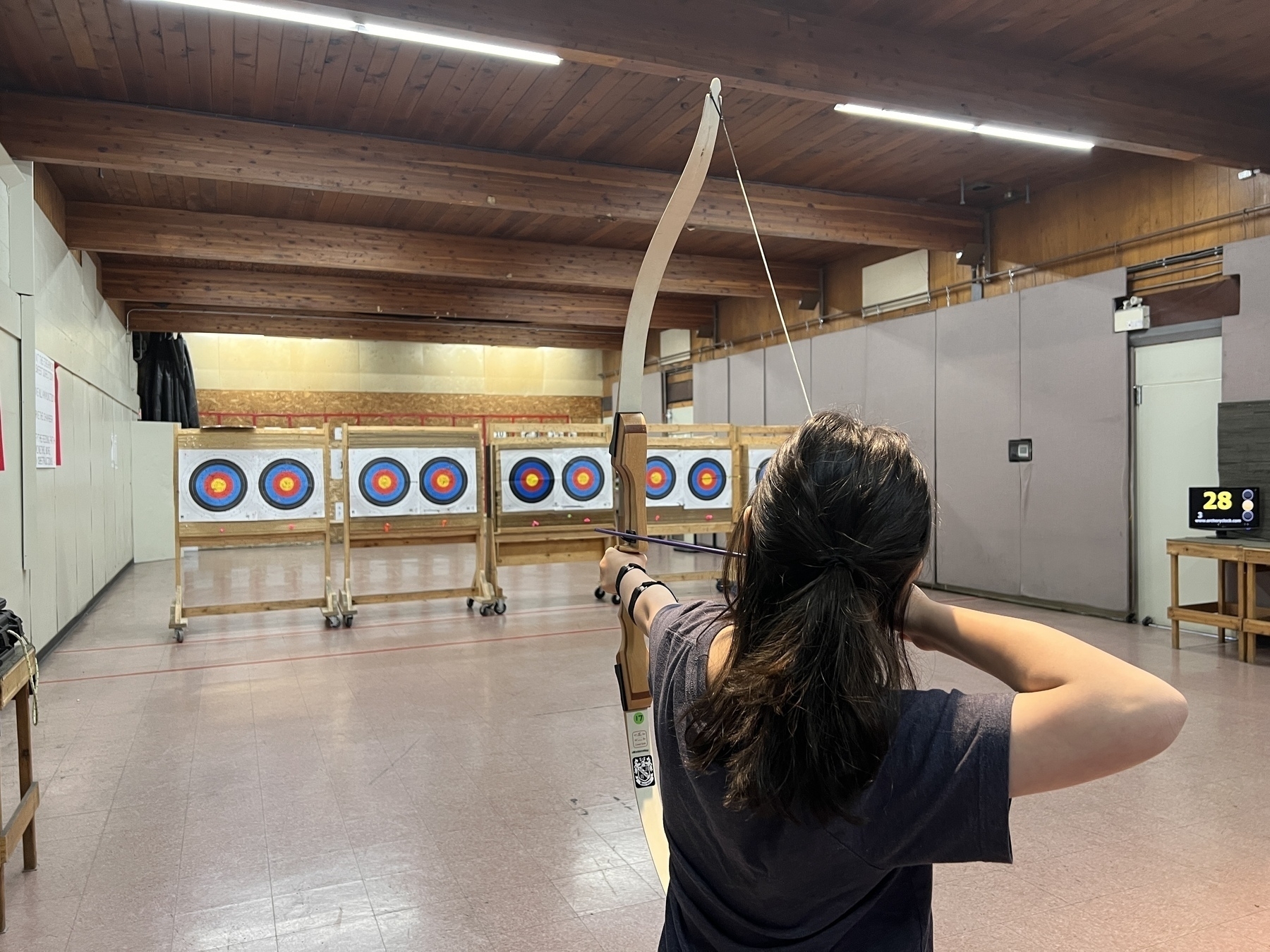
Sent out my monthly personal newsletter 📬 Lots of links and emoji in this edition 🔥🔥🔥 Oh and very bad French
Love this pullover
